REVIEW – Ever since I first encountered the world of Warhammer 40,000 in the early nineties, I’ve been fascinated by the dystopia set in the 40th millennium. Its complexity, its sophistication, its scale and, yes, its brutality. It’s not a bubbly bean fairy-tale world for under-6s; it’s a hardcore anti-utopia. Everyone is fighting for survival, the blood of different species, different colours, flows not in streams but rivers, and every decision have serious consequences.
A famous quote says that even the greatest feats can go unnoticed, like the interstellar dust of a disintegrating comet. As in many other areas, the early nineties were the golden age for games featuring the WH40K shortened universe. And it was also the era of isometric, quasi-3D dominance. Final Liberation or Chaosgate were the uncrowned kings of their time, not only for their theme then modern look but also for their elaboration and atmosphere. In addition, both games had fantastic soundtracks. The original game, released in 1998, saw the God Emperor’s most famous elite soldiers, the blue energy-armoured Ultraguards, genetically enhanced warriors known as the Space Guards, leading their dark forces of Chaos against their darker brothers and sisters. The Gregorian-like male choruses of the original Chaos Gate OST provided an often eerie experience to accompany the very similar gameplay of the table-top game.
Years went by, and hardly any excellent 40K games were made. The at least half-hearted brand strategy of the UK rights-holder Games Workshop did result in a few brilliant games (Space Marine, Dawn of War 1, Battlefleet Gothic). Still, most of them were, to put it mildly, mediocre, sometimes not in terms of atmosphere but terms of execution or gameplay (Deathwing). So when I got the chance to try the traditionally somewhat long-named Warhammer 40,000 Chaos Gate: Daemonhunters, I didn’t really know what to expect, but I was „inquisitive”. It’s interesting that for some reason, the original game didn’t grab me when it was released, nor did the XCOM series, which was also released in the same era, despite both being praised by the press and by gamers like me.
The Grey Knights are on the scene
Based on the title and the intro videos, it was already clear that you’d be controlling Grey Knights throughout the game. Unlike the other Space Guard orders, this is not an independent society. In contrast to the fiercely independent and loquaciously named orders such as the Space Wolves, the Blood Angels and the Imperial Fists, the Grey Knights are in the service of the Inquisition. This organisation, known from Earth history, is still fighting the influence of heretics, specifically the corrupting gods of Chaos, in the 40th millennium. Their primary tool, alongside the Inquisitors themselves, is their own order of 6ft tall, genetically enhanced Space Guards.
This does not mean that the proud warriors and the cocky inquisitors can co-operate without problems, as the opening shots make clear. But we’re very much ahead of ourselves. The game throws us straight into a battle, where we face the followers of Khorne, the chaos god of war and blood, and then – and this is no spoiler – a giant demon. The 3D battlefield is clear, the tutorial is straightforward and defeating the giant demon seems easy with help, but our Commander Agravain is mortally wounded in the fight. Returning aboard our starship, the sinister Fatal Command, our battle brother Ectar and red-cloaked tech-priest Lunete recount one of the grave consequences of the late Agravain’s decision, as the cruiser suffered severe injuries while the Commander was in fierce pursuit of the Khorne worshippers. As the senior player, the bearded Ectar is asked to take command of the ship and the Grey Knight strike force Xiphos until the damaged craft can somehow be dragged back to the Solar System, to the Grey Knight base on Saturn’s moon Titan.
This less than idyllic situation soon bursts a rather stormy-looking inquisitor, bringing with him some bad news of a spreading Chaos infection that requires immediate intervention. Once permission is granted and the not-so-clouded relationship between the Inquisition and its subordinate military organisation is revealed, the actual game itself can begin. However, an acting commander cannot make such a momentous decision alone, so a video call brings in the Grand Master of the Grey Knights, voiced by none other than the transforming artist Gollum, Klaw and Andy Serkis, who has portrayed countless characters.
Welcome aboard, God Emperor!
Click on five icons at the bottom of the main screen to control your spaceship and your crew. Clicking on the solar system allows us to select the destinations of our journey. Clicking on the orbiting ship will enable us to manage our ship’s damage and status. In contrast, the armoured figure allows us to equip our strike force of up to 4 men and select the direction of progress as they level up. The half-machine, half-death-head Lunete takes us to the tech-pap. While the controls are not complicated, there are still some things I don’t understand, like why my characters become “damaged” or inaccessible for weeks at a time as they level up, why my sensors don’t work the way I want them to, and why I often just wander around the planets in pursuit of the bright green infection of Bloom. I won’t go into the depths of the secrets and improvements revealed by the Inquisitor, who also takes on the job of a research doctor, or the various ways of tuning the cruiser. Suffice it to say that among the possible options is the possibility of developing Exterminatus virus bombs.
However, the ship and all its options are just the backgrounds of the 3D battlefield at the heart of the game. Battle squads of up to four, varying in composition depending on their injuries, arrive on the planet via teleportation. They must complete various tasks, most of which involve a bloodbath. Nurgle of the Chaos pantheon is the Grandfather, the god of infections and plagues who has begun to take over the Tyrtaean system with the help of the Blossom. We’ll encounter a wide variety of Nurgle creatures on a fully rotating and circumnavigable battlefield throughout our quests. Our Space Guardsmen have action points at their disposal. Most have 3 to start with, which they can use to travel distances, shoot and perform other tasks based on their unique attributes. The ten or so battlefields we’ve explored have all impressed us with their uniqueness and detail. Ruined Gothic cathedrals, derelict industrial districts, and ruined cities all have a unique flavour, and the strategy to follow is different. It’s brilliant how the cursor turns into a shield as you reach a ruin. The church pews provide some cover but crumble after a few sequences. Plus, some of the terrains are not only destructible but can be used as weapons.
Destructible environment
Their energy armour further enhances the brutal power of the Space Guard. For example, a statue or a pillar can be used to crush entire plague zombie (pox walker) squads without a single shot. To then have the damn green creatures revive each other, but that’s another story. You can also use the various incense and flaming pots thrown at or fired at advancing creatures.
The engine allows for several ingenious solutions: for example, our terminator armoured soldier can jump from the top of stairs without damage but can only avoid obstacles in what is sometimes called a tactical dreadnought armour. A soldier in plain energy armour can jump over them. Even the average Space Guard is made of sturdy stuff, but the Grey Knights are created, trained and equipped specifically to fight creatures of Chaos.
As such, many of the equipment used in the game can only be found in their arsenal. One such weapon is the Nemesis, a combination of a beam axe and a bolt-action bolter. And that’s not even mentioning the grenades, which can be dropped into the thick of the enemy’s cover to wreak havoc, accompanied by a spectacular if slightly annoying animation for the 50th time.
These, and the occasional explosive cover in the field, are worth watching out for. Hiding behind the pre-emptively displayed ammunition crate, I figured that a projectile thrown at me would not damage the thickly armoured knights. I could not have been more wrong. The double explosion knocked all four of them to the ground. Their backstory was that they were ready to fight again in 3 rounds thanks to their protection, which doubled as a spacesuit, and their superhuman resilience. Still, the cultists that had gathered around them had practically shredded them.
There are negatives, though
After the many positives, here are the few things that bothered me. The first point was that the team of infected humans basically beat my super soldiers to death with a rifle shot! Obviously, you have to give some damage to attacks like that for gameplay reasons, but it still hurt. It also hurt when my Terminator, with armour about the thickness of a tank, was wounded to zero by an autorun about the size of a modern-day machine gun.
The other problem I had was the forced advance. Although the tutorial already draws attention to the ticking bloom meter, this counter, which increases every turn, also seems to be a game technique designed to prevent you from being able to squeeze indefinitely, shooting opponents one by one. Because when the meter reaches 100, a random chaos event strengthens your opponents: they get stronger with different mutations, get buffs, etc. This is already quite problematic on basic (level 2) difficulty because ammo is running out and the one action point it takes to reload is often very missing. Still, you have to rush forward because the enemy only gets stronger over time. Otherwise, the game itself is pretty similar to the original with figures, field tables, strategies and other goodies.
A game for a God Emperor
In a word, I enjoyed the hours I spent with the game, the secrets that emerged (what does the Inquisitor know, why can’t Battle-Brother Ectar leave the ship, why did the late Commander Agravain hate Khorne so much that he almost sacrificed his vessel and crew, etc.). The only drawback I could mention is the difficulty, although this is probably more of a challenge for many. How many hours of repetitive kills on varied planetary surfaces are hours of fun? Even the Emperor of God may not know, but it is fun.
Summa summarum sci-fi fans, wargame, XCOM, and 40K geeks head to the Tyrtaeus sector!
-Ursa Maior-
Pro:
+ Warhammer 40 000
+ Complex gameplay experience
+ Interesting storyline with secrets
Against:
– Sometimes oversimplifications compared to the original
– Artificially accelerated gameplay
– After the umpteenth battle, it’s no longer exciting to have a mission of sorts
Publisher: Frontier Developments
Developer: Complex Games
Genre: turn-based, adventure game
Release date: May 5, 2022
Warhammer 40,000 Chaos Gate: Daemonhunters
Gameplay - 9.2
Graphics - 8.8
Story - 9.2
Music/Audio - 7.8
Ambience - 9.7
8.9
EXCELLENT
Recommended for everyone who likes complex, tactical games and proven solutions in new environments.

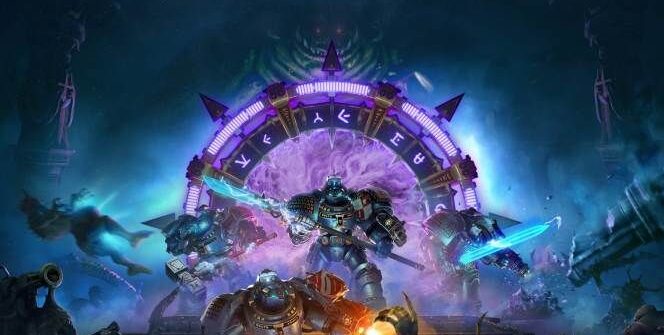
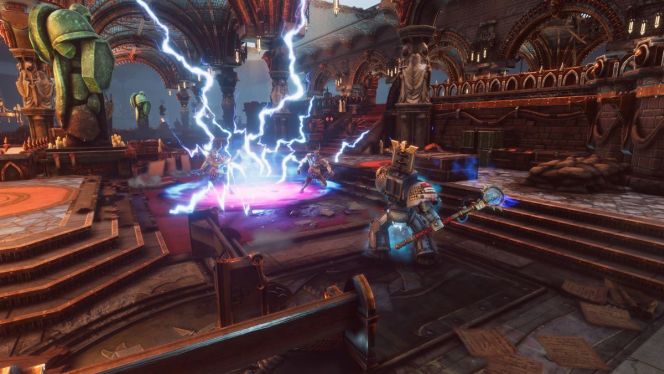
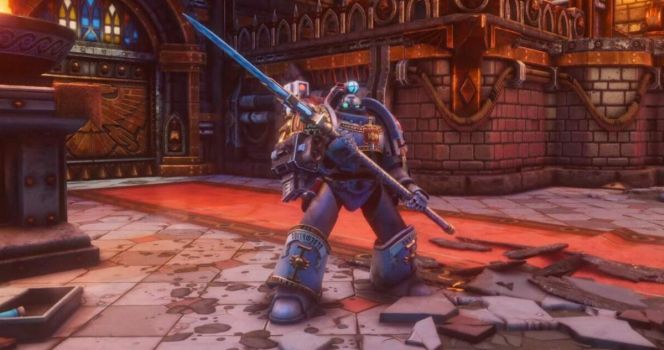
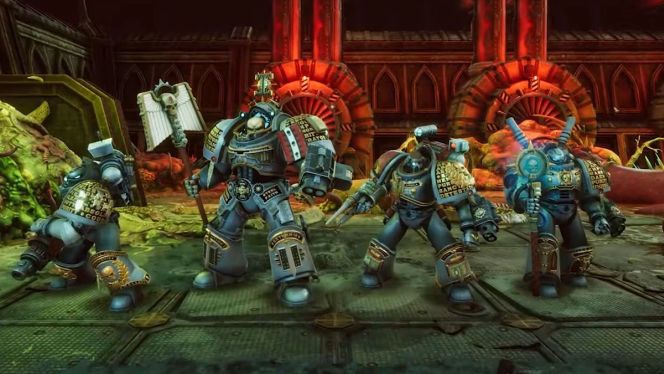



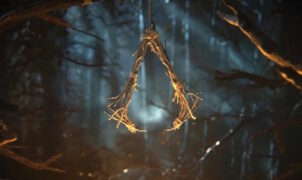

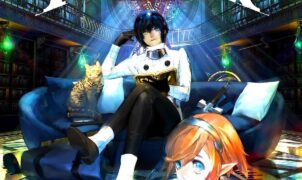

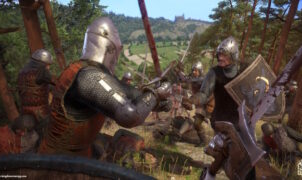
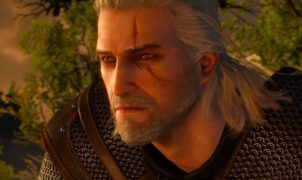

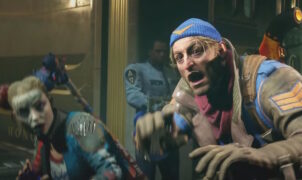
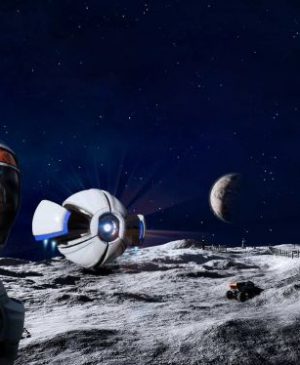
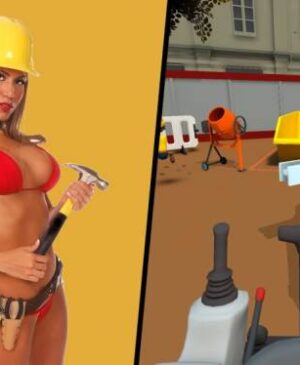

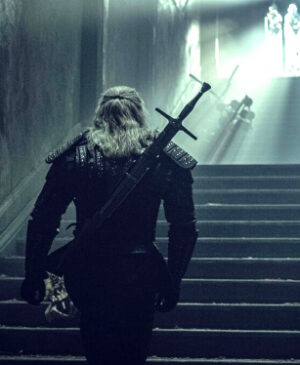
Leave a Reply